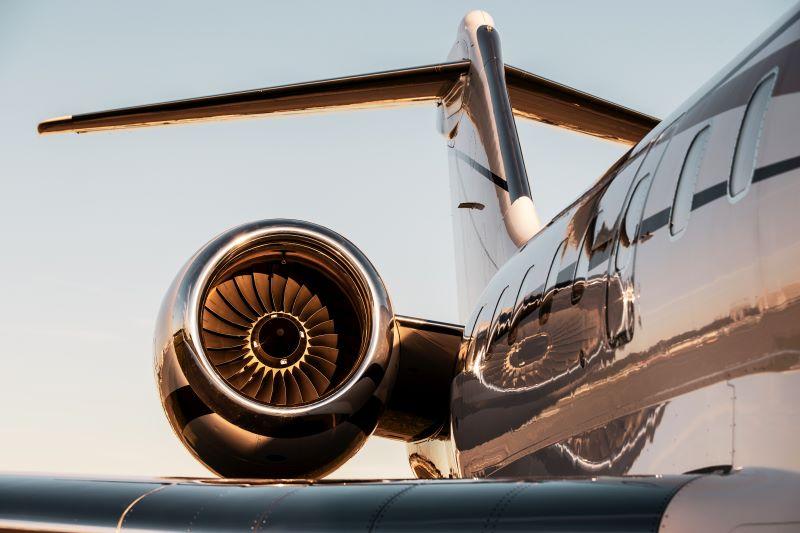
Credit: Jetlinerimages / Getty Images
Now more than ever, it is important to raise awareness about the importance of general aviation and general aviation airports and the economic impact on communities across the country, experts say. The general aviation industry has been under attack. Roughly 100 U.S. airports have closed since 2008...
Subscription Required
This content requires a subscription to one of the Aviation Week Intelligence Network (AWIN) bundles.
Schedule a demo today to find out how you can access this content and similar content related to your area of the global aviation industry.
Already an AWIN subscriber? Login
Did you know? Aviation Week has won top honors multiple times in the Jesse H. Neal National Business Journalism Awards, the business-to-business media equivalent of the Pulitzer Prizes.





